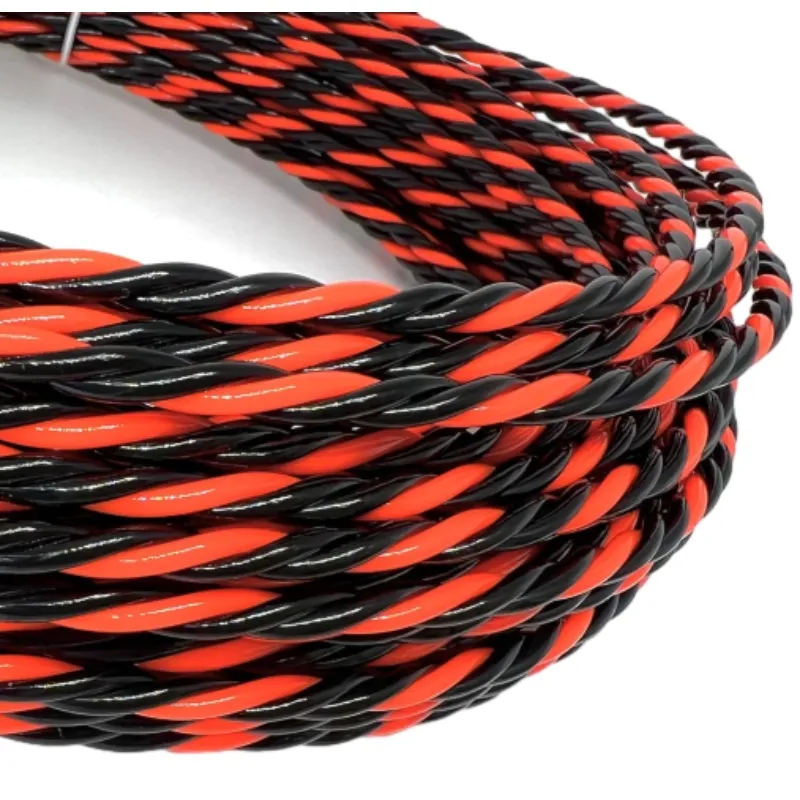
-
 Afrikaans
Afrikaans -
 Albanian
Albanian -
 Amharic
Amharic -
 Arabic
Arabic -
 Armenian
Armenian -
 Azerbaijani
Azerbaijani -
 Basque
Basque -
 Belarusian
Belarusian -
 Bengali
Bengali -
 Bosnian
Bosnian -
 Bulgarian
Bulgarian -
 Catalan
Catalan -
 Cebuano
Cebuano -
 Corsican
Corsican -
 Croatian
Croatian -
 Czech
Czech -
 Danish
Danish -
 Dutch
Dutch -
 English
English -
 Esperanto
Esperanto -
 Estonian
Estonian -
 Finnish
Finnish -
 French
French -
 Frisian
Frisian -
 Galician
Galician -
 Georgian
Georgian -
 German
German -
 Greek
Greek -
 Gujarati
Gujarati -
 Haitian Creole
Haitian Creole -
 hausa
hausa -
 hawaiian
hawaiian -
 Hebrew
Hebrew -
 Hindi
Hindi -
 Miao
Miao -
 Hungarian
Hungarian -
 Icelandic
Icelandic -
 igbo
igbo -
 Indonesian
Indonesian -
 irish
irish -
 Italian
Italian -
 Japanese
Japanese -
 Javanese
Javanese -
 Kannada
Kannada -
 kazakh
kazakh -
 Khmer
Khmer -
 Rwandese
Rwandese -
 Korean
Korean -
 Kurdish
Kurdish -
 Kyrgyz
Kyrgyz -
 Lao
Lao -
 Latin
Latin -
 Latvian
Latvian -
 Lithuanian
Lithuanian -
 Luxembourgish
Luxembourgish -
 Macedonian
Macedonian -
 Malgashi
Malgashi -
 Malay
Malay -
 Malayalam
Malayalam -
 Maltese
Maltese -
 Maori
Maori -
 Marathi
Marathi -
 Mongolian
Mongolian -
 Myanmar
Myanmar -
 Nepali
Nepali -
 Norwegian
Norwegian -
 Norwegian
Norwegian -
 Occitan
Occitan -
 Pashto
Pashto -
 Persian
Persian -
 Polish
Polish -
 Portuguese
Portuguese -
 Punjabi
Punjabi -
 Romanian
Romanian -
 Russian
Russian -
 Samoan
Samoan -
 Scottish Gaelic
Scottish Gaelic -
 Serbian
Serbian -
 Sesotho
Sesotho -
 Shona
Shona -
 Sindhi
Sindhi -
 Sinhala
Sinhala -
 Slovak
Slovak -
 Slovenian
Slovenian -
 Somali
Somali -
 Spanish
Spanish -
 Sundanese
Sundanese -
 Swahili
Swahili -
 Swedish
Swedish -
 Tagalog
Tagalog -
 Tajik
Tajik -
 Tamil
Tamil -
 Tatar
Tatar -
 Telugu
Telugu -
 Thai
Thai -
 Turkish
Turkish -
 Turkmen
Turkmen -
 Ukrainian
Ukrainian -
 Urdu
Urdu -
 Uighur
Uighur -
 Uzbek
Uzbek -
 Vietnamese
Vietnamese -
 Welsh
Welsh -
 Bantu
Bantu -
 Yiddish
Yiddish -
 Yoruba
Yoruba -
 Zulu
Zulu


Aug . 15, 2024 07:22 Back to list
Efficient Techniques for Creating Your Own Hose Crimping Tool at Home for DIY Projects
A Comprehensive Guide to DIY Hose Crimping Tools
When it comes to DIY projects and repairs, having the right tools is essential. One tool that often comes in handy for various plumbing and automotive tasks is the hose crimping tool. This handy device allows you to create secure connections between hoses and fittings, ensuring that your fluids flow seamlessly wherever needed. In this article, we will explore what hose crimping tools are, their applications, and tips for using them effectively for your DIY projects.
Understanding Hose Crimping Tools
A hose crimping tool is designed to attach fittings to hoses by deforming the fitting around the hose, creating a tight seal. This is done using a metal sleeve or fitting, crimped around the hose using the tool. The connection created is generally very strong, making it ideal for high-pressure applications such as automotive fuel lines, hydraulic systems, and air compressor hoses.
These tools come in various shapes and sizes, ranging from handheld manual versions to larger hydraulic crimping machines. For DIY enthusiasts, a manual hose crimping tool is typically sufficient for most home projects. These tools usually come with a set of dies or jaws tailored to different hose sizes and fitting types.
Applications of Hose Crimping Tools
Hose crimping tools are incredibly versatile, finding use in a variety of applications
1. Automotive Repairs In the realm of automotive maintenance, crimping tools are often used to create custom fuel and coolant hoses. This is especially valuable when retrofitting or repairing older vehicles that require specific hose sizes.
2. Plumbing For home plumbing projects, hose crimping can ensure leak-proof connections in water supply lines or drainage systems. This could include connecting hoses for washing machines, dishwashers, or outdoor irrigation systems.
3. Hydraulic Systems In industries involving hydraulic machinery, crimped hoses are vital for the efficiency and safety of equipment. DIY enthusiasts engaged in building or maintaining such machinery can benefit from mastering hose crimping.
diy hose crimping tool

4. Air Conditioning Systems In HVAC applications, crimping tools are used for connecting refrigerant hoses. A correct crimp ensures that the components can handle the high pressures involved in AC systems.
Tips for Using a Hose Crimping Tool
1. Choose the Right Size Before beginning any crimping task, make sure you select the correct size die for the hose and fitting. Refer to manufacturer specifications to ensure a perfect fit.
2. Prepare Your Hose Cut the hose cleanly and squarely for the best results. Remove any debris or worn-out sections before inserting it into the fitting.
3. Lubrication A light application of lubricant can help the hose slide into the fitting easily, allowing for better alignment and a more secure crimp.
4. Practice Makes Perfect If you’re new to using a crimping tool, practice on a scrap piece of hose. This will help you become familiar with the tool’s operation and the amount of pressure needed for a proper crimp.
5. Inspect Your Work After crimping, always inspect the connection. Ensure that the fitting fits snugly against the hose without any gaps. Test for leaks by applying pressure or by filling the system with fluid as applicable.
Conclusion
Owning a DIY hose crimping tool can significantly enhance your ability to tackle various plumbing and automotive challenges. By investing in a reliable crimping tool and practicing your skills, you can create secure hose connections that stand the test of time. With patience and precision, you’ll be able to handle many projects efficiently, saving money and encouraging a sense of accomplishment in your DIY endeavors. So, gear up, and get ready to unleash your creativity with a hose crimping tool!
Latest news
duct-rodders-and-conduit-rod-tools
NewsAug.22,2025
ratchet-pullers-and-wire-tightening-tools
NewsAug.22,2025
chain-ratchet-pullers-and-hoist-solutions
NewsAug.22,2025
telescopic-hot-stick-for-electrical-and-high-voltage-use
NewsAug.22,2025
cable-clamp-and-insulated-cable-clamp-systems
NewsAug.22,2025
duct-rodder-conduit-rodder-and-cable-solutions
NewsAug.22,2025








